Manga: An Essential Part of Japanese Adult Life
From foreign cultures to parenting issues, manga covers all topics

Would non-Japanese people be surprised if I said I always read a few manga when researching something as a writer?
Manga is an excellent source of essential knowledge and heartfelt compassion. Its topics are as wide-ranging as those of books and documentaries. You may have remembered that, in my previous article, I introduced Osamu Tezuka’s Buddha, which is about the life of Gautama Siddhārtha.
Of course, typical manga, such as Akira Toriyama’s Dragon Ball and Naoko Takeuchi’s Sailor Moon, are very popular both in Japan and abroad, but what I read as an adult is not that sort of comic. I usually read manga as a textbook about a lesser-known aspect of society.
In this article, we will explore some of manga’s unique strengths, with examples of actual titles. I have tried to give priority to those available in English as much as possible, but sadly, the selection was very limited. I hope that one day, all these masterpieces will be translated into foreign languages.
Foreign cultures are vividly portrayed
Different clothing and lifestyle are often easier to show as a picture than in words. Photographs and videos are also helpful, but manga has an advantage in that artists can focus on only the necessary parts and rely on memory to draw them.
An example is the ‘インド夫婦茶碗 (Indian Couple’s Rice Bowls)’, in which a Japanese manga artist exhibits her married life with an Indian man. The author, Rinko Nagami, was fascinated by Indian culture and often visited the country, where she met a man called Sashi, who worked at a hotel in Varanasi. They eventually got married and started to live together in Tokyo. This manga includes the lush scenery and lifestyle in Kerala, where Sashi’s family live, and how the couple bought (and lost) a house in Varanasi.
In her other works, Rinko Nagami also actively introduces Indian culture, such as Ayurveda and South Indian cuisine. Although the people are often portrayed comically, her depiction of the culture is elegant and detailed, showing her love and respect.
A similar work is the series ’トルコで私も考えた (In Turkey I Also Thought of Things)’ by manga artist Yukari Takahashi, who has a Turkish husband. She has a keen eye for observation, including relationships with her Turkish in-laws and local customs and values. I became very fond of Turkish culture mainly because of the influence of this manga work.
Minorities become your friends
In Japan, minorities rarely come to the forefront of society for fear of discrimination. However, when minorities are hidden, we may fail to recognise and understand them, which creates a vicious circle. Manga can be helpful in this respect.
‘弟の夫 (My Brother’s Husband)’ is the first manga work created by the master of gay manga, Gengoro Tagame, for a general magazine. It has been translated into English under the title ‘My Brother’s Husband’.
The story is about a father, Yaichi, and a daughter, Kana, who live together in Japan. One day, a Canadian man, Mike, visits them, surprising them by saying that he is the spouse of Yaichi’s twin brother. Yaichi’s brother has already passed away, but Mike has come to meet his Japanese in-laws. Yaichi is not used to gay people and fiercely rejects him, but Kana is intrigued and becomes friends with Mike.
As some may know, gay marriage is not yet allowed in Japan. Mike is also a foreigner who has a totally different culture. However, the three gradually grow closer through their sometimes awkward interactions, and their positive experience even impacts others around the family.
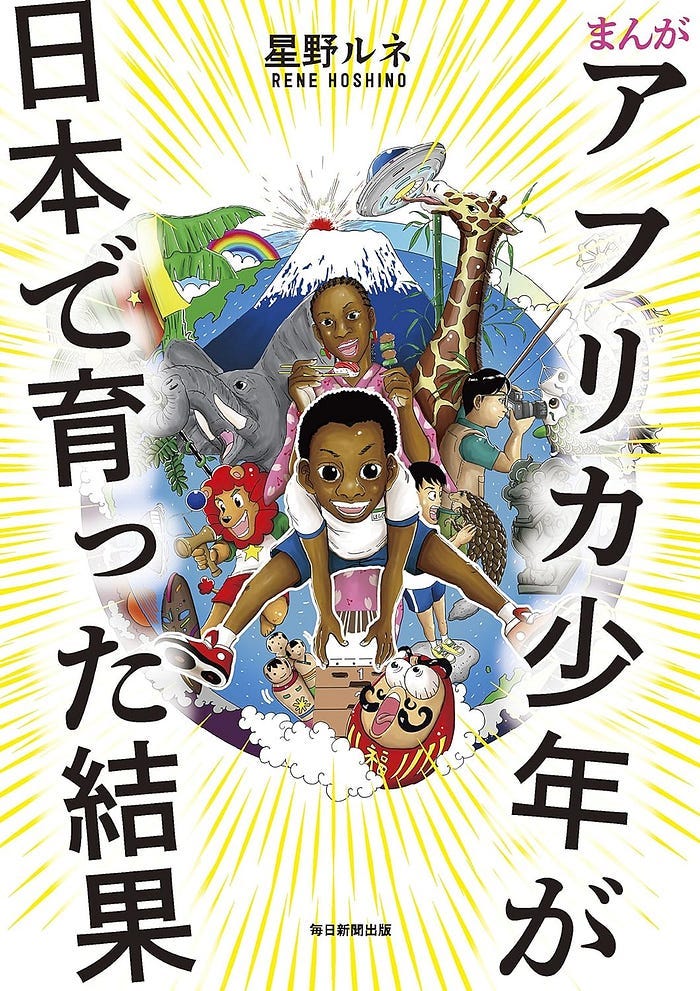
‘アフリカ少年が日本で育った結果 (The Result of an African Boy Growing Up in Japan)’ is also worth mentioning. The author, Rene Hoshino, was born to a Cameroonian couple in a village near the jungle, but his parents divorced before Rene was born. His mother later remarried a Japanese man who had come to Cameroon for work. That is how the four-year-old boy, Rene, moved to Himeji, Japan.
When he first arrived in Japan, he could not speak Japanese, but he made friends through drawing. When he grew up, he realised that his African heritage combined with his Japanese upbringing gave him a unique strength. He created a manga about his personal experiences, which was extremely well-received.
Although we should not generalise minorities, because each person is different, these comics powerfully convey that there are diverse people in the world, and that each has their own problems and joys.
You get insight into professional life
As a student, you may have had little idea what each industry was like. Manga can be a guide in these fields, too.
The protagonist of Moyoko Anno’s ‘働きマン (Working Man)’ is Hiroko Matsukata, an editor in her twenties. She sacrifices her love life and hobbies, ‘masculinising’ herself to facilitate her work and apply all her abilities to it. As I was working as an editor for a publishing company in Tokyo, I couldn’t read this manga without tears and laughs.
Many other female editors sympathised with Hiroko, who says, “I want to die thinking that I have done my job.” The actual image of magazine editors must have helped students who assumed it was a glamorous job.
Another work that I love is ‘解体屋ゲン (Gen the Demolition Man)’ by Shigeki Hoshino (story) and Sadayoshi Ishii (drawing), with 105 volumes published at the moment. Gen is an expert in building demolition, whose techniques are easier to understand with pictures than text. The book also covers various topics, including problems faced by major general contractors, issues relating to female and foreign workers in the industry, the situations overseas and AI tools.
The above are just a couple of examples. Manga depicts many professions, from politicians to sushi chefs, astronauts, and art dealers.
Illnesses and any other issues are in the spotlight
When you have problems, manga can be one of the best companions. It makes you feel you will never walk alone. You can also randomly read about different topics to deepen your knowledge of the wider society.
For example, through Yuki Nakamura’s ‘わが家の母はビョーキです (My Mother is Ill)’, I learned a great deal about schizophrenia. The author was four years old when her mother developed the illness, and since then, she has been a devoted supporter of her for decades. Sure, most of us often care for our sick family members in our lives. However, this piece shows how harsh it can be when their serious illness is not understood correctly.
Kanemoto’s ‘よなきごや (A House for Night-time Crying)’ is a story about women who are troubled by their babies’ excessive crying at night. There is a free café-like facility called Yonakigoya, where the women can gather in the middle of the night and encourage each other. That way, they are reassured that they are not disconnected from others. Then, they feel more confident about seeking support from their husbands and others around them.
Although these comics do not directly solve your issues, it may lighten your spirits just to think that others are suffering for similar reasons and that someone created stories exclusively for you. Many stories also introduce institutions that can be relied upon, so they could be a supporter and guide, too. The pictures in these works are also distinctly gentle, making them easy to read when you are feeling vulnerable.
Manga is the starting point of understanding others

As I wrote at the beginning, I read comics for my job as a writer almost every day and other manga that interest me. Comic books take up less space now that I can read digitally, and subscription services make them affordable. Nevertheless, what manga teaches me is enormous and invaluable. Probably 20% of my knowledge comes from comics.
I should add that manga often contains some element of entertainment. Even when they depict real experiences, the artists may exaggerate them. Also, people frequently experience and feel differently about the same situation, so assuming everything described in a manga is correct is dangerous, although that could apply to all types of media.
When I use manga for my job, I also read a few books on the same subject. Then, when I meet an expert or a person concerned, I ask questions such as, “What is your opinion about the manga?” or “Is that depiction in the manga correct?” because they usually read manga covering their field. They can explain to me in detail, such as, “This part is right, but that one could have been drawn more in detail” or “This custom exists in this particular area, but not in the whole country”.
We support manga, which enriches our life
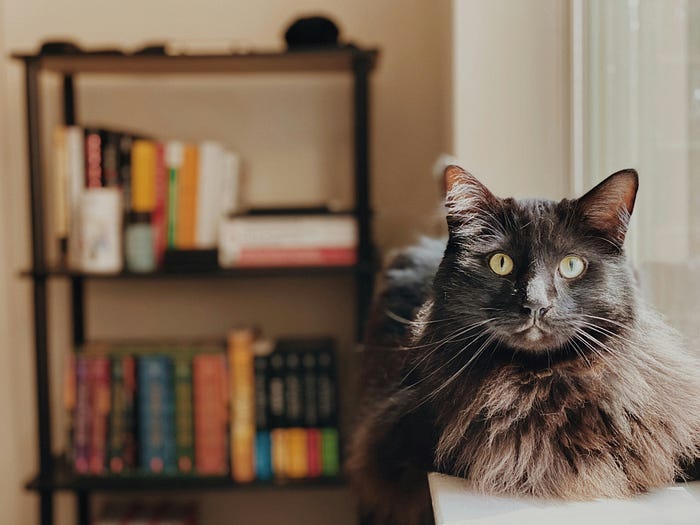
The manga listed above are just a few examples; many other fantastic works enrich and sometimes drastically change our lives. At least my life would be very different without manga — less joy and less knowledge.
Even though Japanese manga has been exported and accepted in many countries, with many more works being translated, what is known abroad is only a tiny part of the vast and deep manga culture. Also, perhaps more manga should be created abroad, directly reflecting local societies and diverse people’s thoughts. I am looking forward to reading such works in the future😄
Thank you for reading. Does any manga in this article drew your attention? Is there any other topic you would like to see in manga?

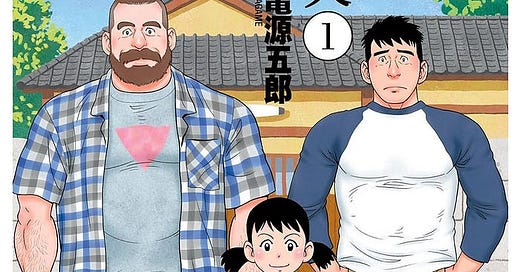


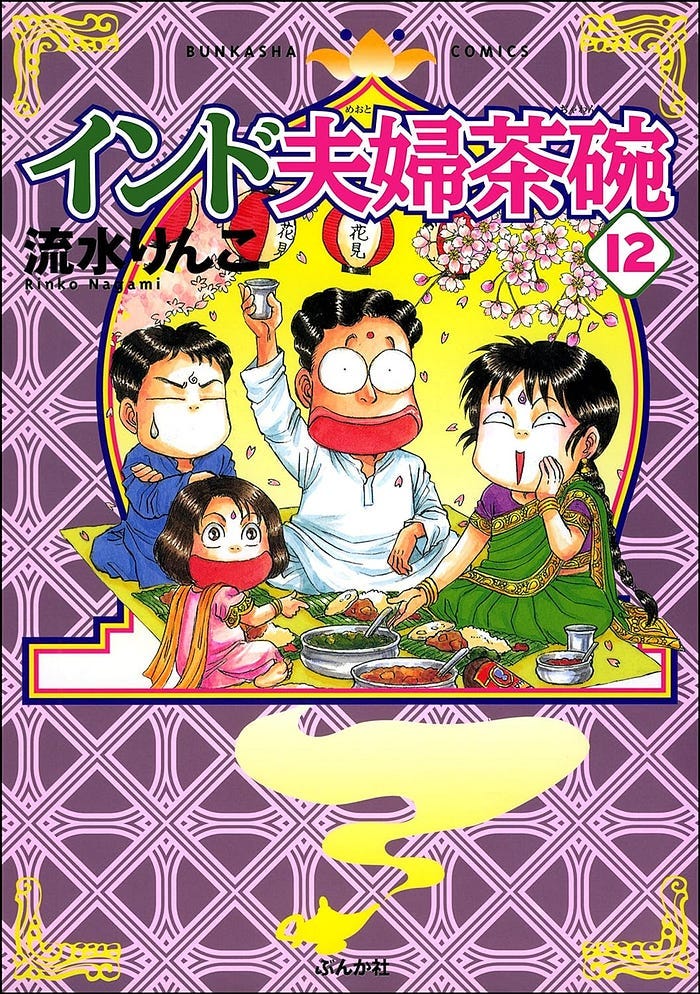
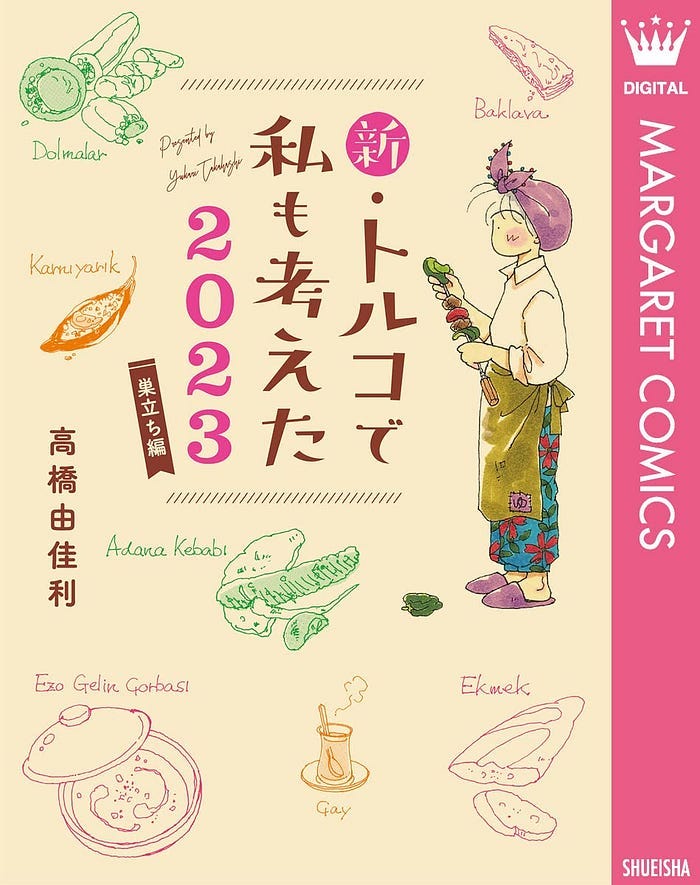

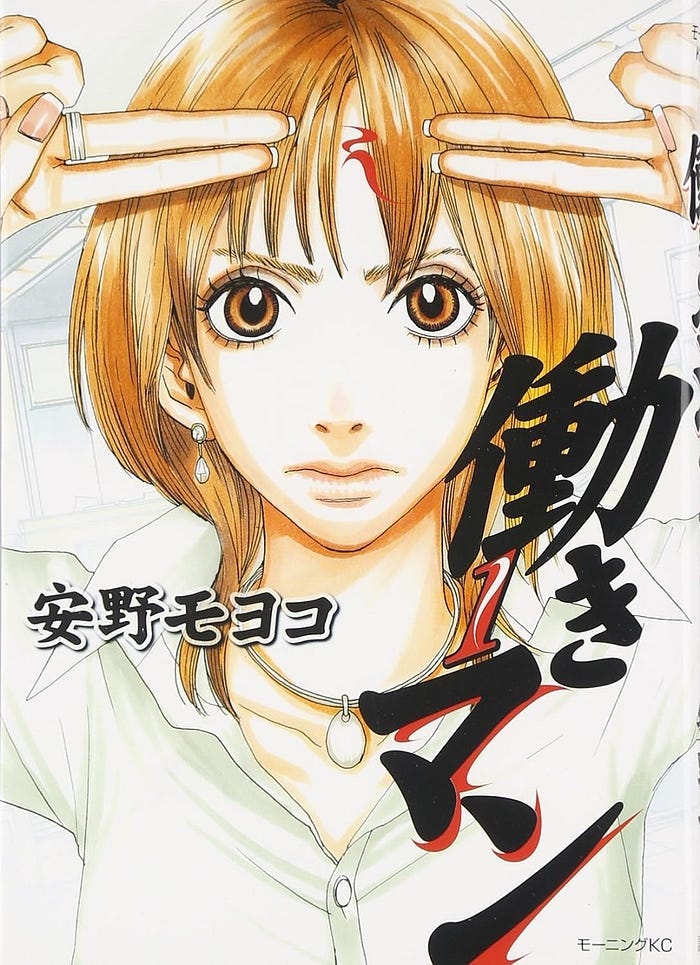
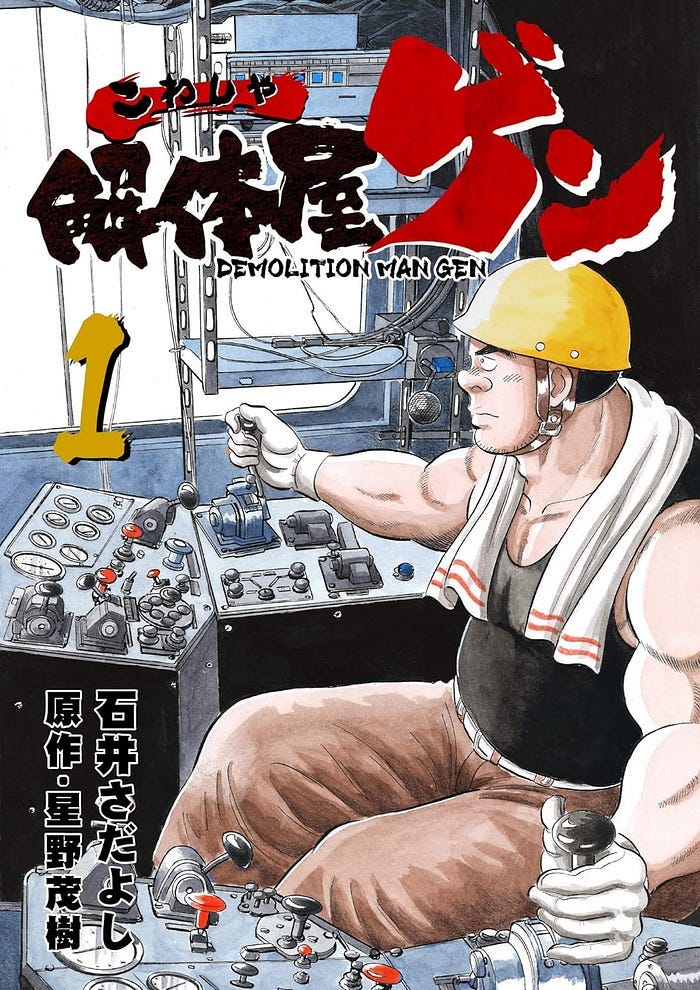
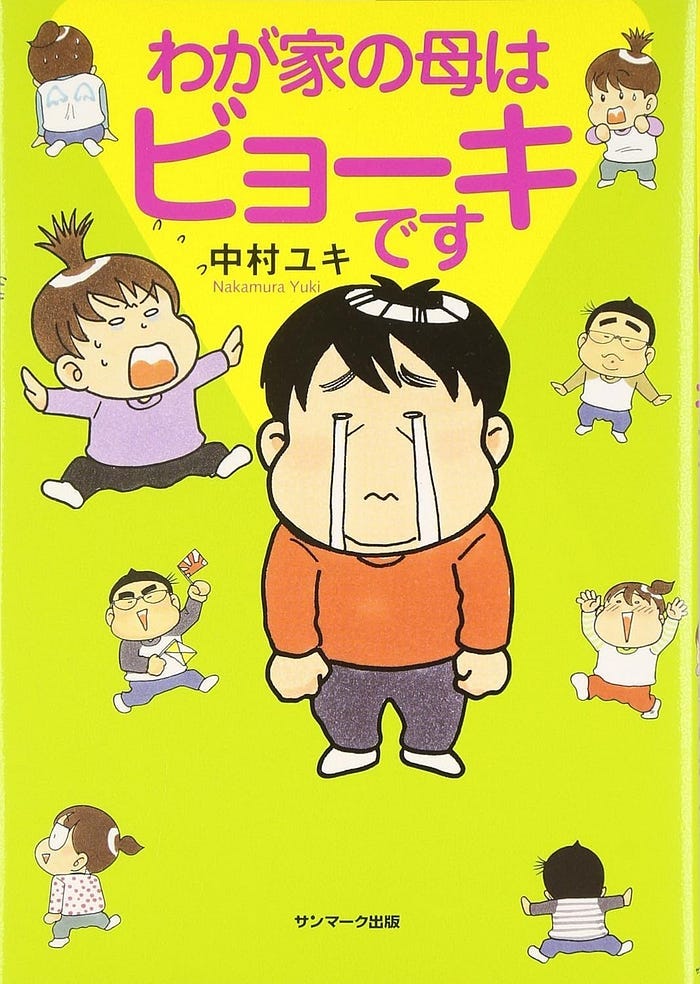
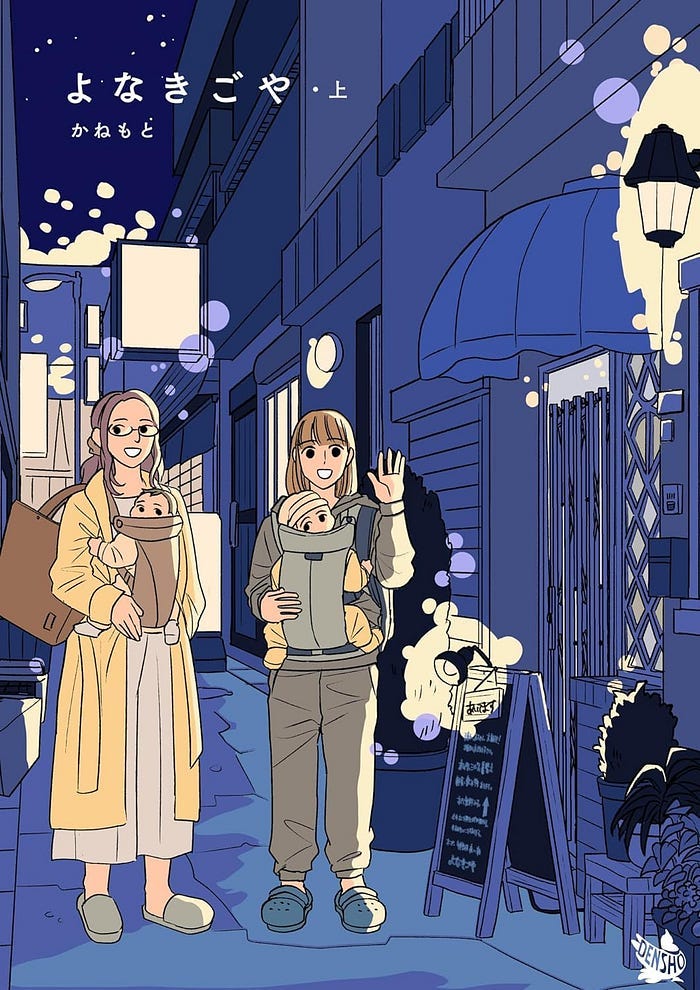
I haven't developed a regular habit of reading manga but i always do a follow up whenever i watch a new anime. I love the cover of the book about India 's rice couple! I am googling it now haha. Great story😇
Thank you for posting! 😀 It was fascinating reading about the role of manga in Japanese culture. This is motivating me to find out about this mode of artistic expression . I am very interested in Cyberpunk!